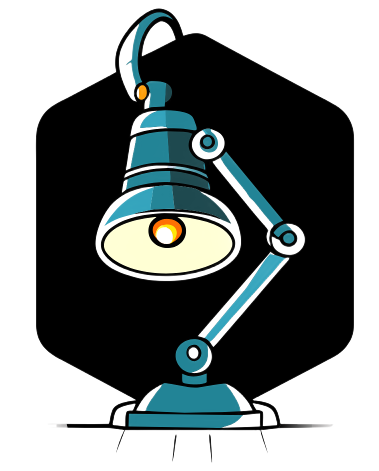To modify the hosts file in Windows, follow these steps:
- Press the Windows key.
- Type "Notepad" in the search box.
- Right-click on Notepad and select "Run as administrator".
- Click "Yes" on the popup that appears.
- Go to
c:WindowsSystem32driversetc. - Open the hosts file.
- Add the new entries to the file.
How to Open Hosts File with Administrator Privileges
To open the hosts file with administrator privileges, you need to start the text editor as an administrator. You can do this by right-clicking on the Notepad shortcut in the Start menu search box and selecting "Run as administrator". Then, it will open Notepad or any other text editor like Notepad++ and you will be ready to modify the Windows hosts file.
How to Modify Hosts File in Windows 11
Here’s how to modify the hosts file in Windows 11:
- The easiest method is to make a copy of the file and then replace the original in the ‘etc’ folder.
- Press the Windows (WIN) + E keys to open File Explorer.
- In the file list, drag the hosts file to the desktop while simultaneously right-clicking on it.
How to Modify Hosts File in Windows XP, 7, 8, and 10
Here’s how to modify the hosts file in Windows XP, 7, 8, and 10:
- Right-click on the "Editor" item in the start menu.
- Select "File" in the "Open" menu.
- Open the hosts file in Windows Explorer by following the path
C:WindowsSystem32driversetchosts. - Now you can modify the hosts file.
How to Find Your Host and IP Address
To find your host and IP address, follow these steps:
- Click on Start, then Run.
- Type "command" and press Enter.
- In the next screen, type "ipconfig/all".
- The host name will appear on the first line, while the IP address (e.g., 150.217.0.0) will be indicated slightly below.
How to Set Up Localhost
Here’s how you can set up localhost:
- Open your web browser, then type "127.0.0.1" in the address bar and press Enter.
- If you don’t remember the numbers, you can instead type "localhost". However, if you haven’t configured anything previously, you won’t find anything exciting.
What Can You Do with the Hosts File?
The hosts file is a text file present in all operating systems, including mobile devices, that allows you to manually associate a mnemonic address (e.g., www.google.com) with a specific IP address.
Where to Find the Hosts File in Windows 10
After that, navigate to the folder: C:WINDOWSsystem32driversetc (if you can’t find it, try typing %WinDir%System32DriversEtc in the Windows search bar, in "Type here to search", and click on the Folder File icon).
How to Modify Hosts File in Windows 7
To modify the hosts file in Windows 7, follow these steps:
- Start Notepad as an administrator.
- Click on Start, then All Programs, then Accessories, and right-click on Notepad, then select "Run as administrator".
- In the File menu, select Open File and navigate to the folder
c:/windows/system32/drivers. - Now you should see the etc/ folder.
How to Modify Hosts File in Windows 10
To modify the hosts file in Windows 10:
- Right-click on Notepad (alternatively, you can use the search option to find Notepad) and select "Run as administrator".
- From Notepad, open the hosts file at
C:WindowsSystem32Driversetchosts. - Make the desired changes and save the file.
How to Modify Hosts File on Mac
To modify the hosts file on Mac, you need to use the "NANO" editor accessible from the terminal. Here’s how to proceed:
- Open the terminal and type the command
sudo nano /private/etc/hosts. - Enter your password when prompted.
- Make the desired changes at the end of the existing text (e.g., adding "127.0.0.1 www.mysite.com").
- Press "CTRL + O" to save the changes.
What is Localhost Used For?
The main reason for using localhost is to create a local environment in which you can develop and test the functionality of a website or any web application.
How to Block a Line in the Hosts File
To block a line in the hosts file, follow these steps:
- Type "Notepad" in the Start menu search bar, then right-click on the "Notepad" option and select "Run as administrator".
- Now you can open the HOSTS file with the "File -> Open" menu in Notepad.
How to Know if Your Phone is Being Monitored
Signs of a monitored phone include:
- Interference and excessive credit consumption.
- Abnormal battery duration.
- Sudden malfunctions of the cell phone.
- Interference and noise.
- Unusually slow shutdown and startup.
- Pay attention to credit and tariff plans.
